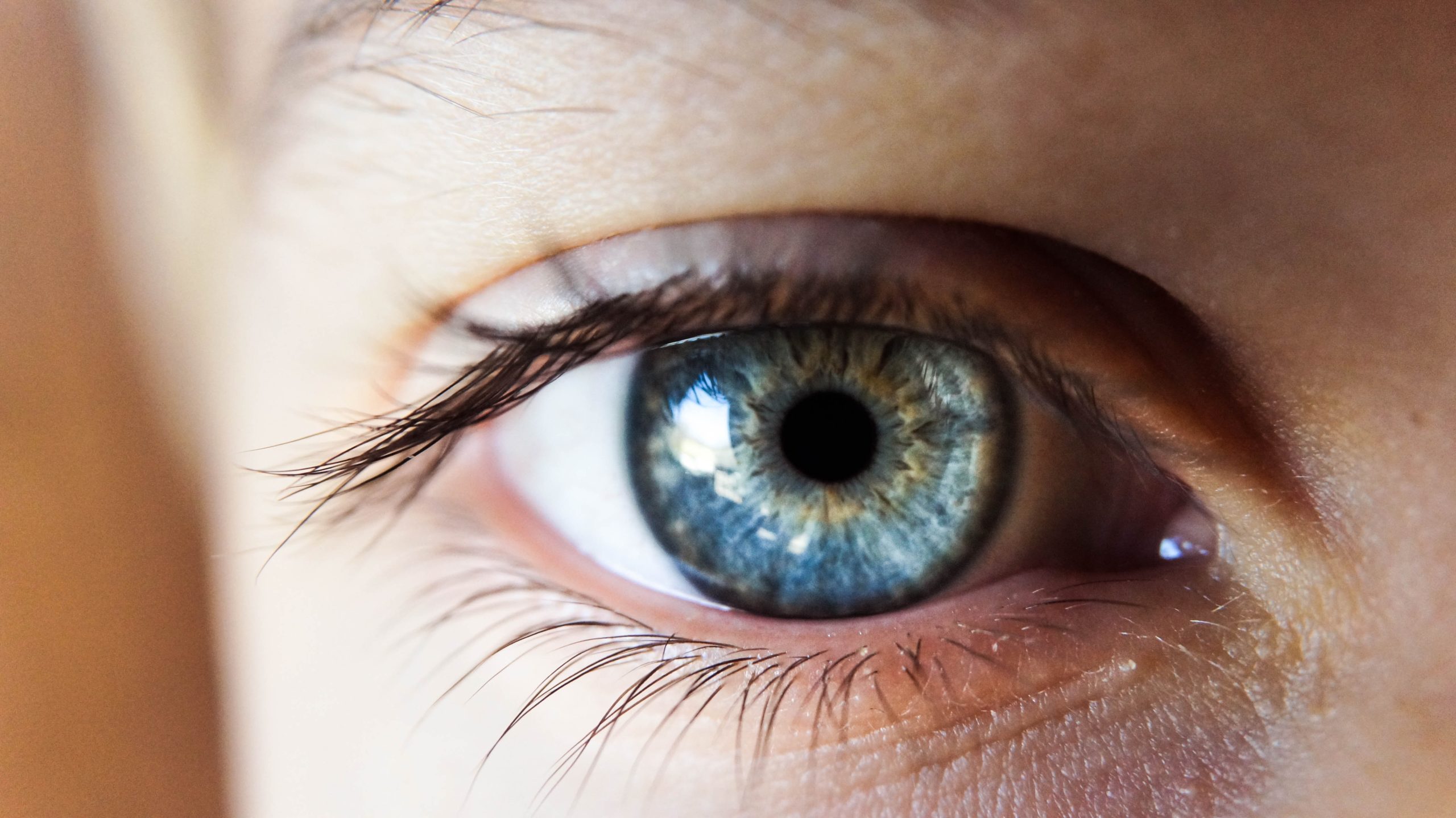
Cataracts and How They Are Treated
Many types of diseases may affect the eyes and decrease an individual’s quality of life, such as cataracts. This is a common eye condition that often occurs in the elderly.
According to the National Eye Institute (NEI), people’s chance of developing this disease increases as they get older. The institute also revealed that more than half of all Americans aged 80 or older have cataracts or had undergone cataracts treatment.
What Are Cataracts?
Cataracts are a condition caused by the buildup of protein in one or both of the eye’s lens. This results in the clouding of the area and causes several symptoms, including the following:
- Clouded, blurred, or dim vision
- Light and glare sensitivity
- Difficulty seeing during the night or in dim light
- Seeing a halo around lights
- Fading or yellowing of colors
At the early stages of the disease, one might not notice any significant changes in their eyesight as it may be affecting only a small part of the eye. However, as cataracts grow larger, the clouding of the lens becomes more severe. This may make the symptoms more noticeable.
How Are Cataracts Treated?
If the eye condition is not yet greatly affecting a person’s daily activities, there are some small changes they can do to their routine to manage it. One of which is using brighter lights at home or work to see things better. They may also consider wearing anti-glare sunglasses when going outside and using prescription glasses for reading and other types of activities.
However, the only way to get rid of cataracts is through surgery. Once cataracts worsen to the point that an individual can’t accomplish simple tasks such as reading, driving, and watching TV, they should talk to a doctor about undergoing cataracts treatment.
The Cataract Surgery Process
Cataract surgery involves removing the clouded lens of the eye and replacing it with an artificial one, called an intraocular lens (IOL). This procedure is usually done within 20 minutes.
Although this surgery is often done as an outpatient procedure, it is not a one-step process. The patient still has to make the necessary preparations with their doctor before undergoing the operation. There are also some aftercare steps they have to learn.
Before the Surgery
During the initial consultation, an eye surgeon will measure the patient’s eye and determine the proper focusing power. This will allow the doctor to choose the right IOL for the individual.
The eye specialist may also ask the patient to take some medications before the surgery. The individual may be prescribed eye drop medicines that can help prevent infection and reduce swelling after the procedure.
During the Surgery
First, the surgeon will numb the eye using eye drops or the area around the organ with an injection. The doctor may also give the patient medicine to help them relax while being kept awake during the operation.
To start the procedure, the doctor will use a special microscope that will allow them to view the patient’s lens closely. They will then create incisions near the edge of the cornea to reach the lens of the eye.
Then, the doctor will use small, specialized instruments to break up and remove the clouded lens. They will then put the IOL in place. Most of the time, there is no need to stitch the incisions made on the patient’s eyes. The wounds will normally heal by themselves over time.
After the Surgery
Immediately after the operation, the doctor will place a shield over the patient’s eye to protect it while healing. The patient will also be asked to stay in a recovery area from 15 to 30 minutes before being sent home.
The patient’s eye can heal within 8 weeks after the operation. However, they may experience some discomfort on the operated eye for a few days after the surgery.
To avoid complications during recovery, the patient should make sure to follow all the doctor’s orders. The eye specialist will inform the individual how active they can be and when they can go back to their activities after the surgery.
The individual will be prescribed eye drops that they should use depending on their doctor’s advice. They may also be asked to wear sunglasses during the day and a protective shield when sleeping. The patient should take care of their eye by avoiding getting soap or water directly in it. They should also refrain from rubbing or pressing their eye.
How to Find an Eye Doctor That Will Address Your Needs
When considering undergoing cataract surgery, you need to find an ophthalmologist whom you trust. If your regular eye doctor is not a surgeon, then you may ask them for recommendations.
You may also talk to your friends and relatives who have undergone cataract surgery and ask them if they had a positive experience. If they did, you may consider going to the specialist who did their surgery.
Another way to find a reputable eye surgeon in your area is by going online. With a quick search, you can have an extensive list of professionals who can remove your cataracts.